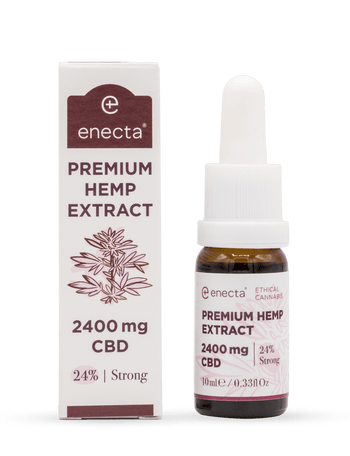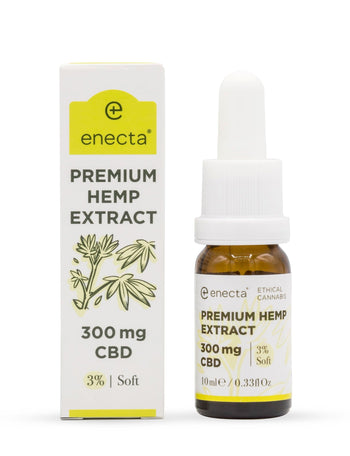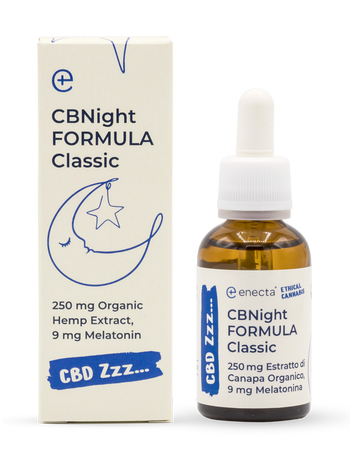In the major part of the varieties of Cannabis the quantity of THC and CBD could be more or less the same.
The news arrives from a study realized by the University of British Columbia, in Canada and published in Scientific Reports. Thirty-three different cannabis strains from five authorized producers were examined.
Cannabis sativa L. comes from central Asia and was used for thousands of years for therapeutic and recreational purposes and the producers, in order to create very resistant plants in time, concentrated their attention on the genetic diversity of the plant but not on the THC and CBD contents.
With this premise the study developed, with the statement that, today, the market proposes different cannabis varieties, with different names, but actually with a quantity of the two main cannabinoids practically the same and therefore the differences between the various strains are in fact minimal.
The laboratory guided by Susan Murch discovered that in spite of all the different variety names, 24 of these strains were too similar in CBD and THC presence to justify their effects published in such different ways.
"Knowing only THC and CBD isn’t enough, we have to learn more about the other present molecules”, Murch stated “ I would never have thought I would have worked on cannabis, there is an incredible potential here to discover new chemical substances which can be useful in the treatment of many disorders, like pain management and other chronic conditions".
The discovery of new cannabinoids
The research published in Scientific Reports underlined the discovery of new cannabinoids as well, unknown up to now, in low quantities, on which we will know more in future with regards to their characteristics.
Which are the main cannabinoids?
CBD, together with THC, is probably the best know cannabinoid present in Cannabis! Despite of the fact that there are still many studies and there is a long way to go for research, we can state that many analyses have demonstrated the effectiveness of cannabidiol in the medical field.
Unknown by the large public, we’ve got CBC, Cannabichromene, and like CBD, CBC is not psychotropic! CBC in combination with THC results to be an effective anti-inflammatory, reinforcing the idea that cannabinoids when working together would result more effective.
CBN is a cannabinoid present in the Cannabis plant, which we can trace after the chemical breakdown of THC. A study of 2005 discovered how CBN, in mice, can delay evidences of Lou Gehrig’s Disease. Lou Gehrig’s Disease is also known as Amyotrophic Lateral Sclerosis (ALS).
Cannabigerol, known as CBG, is a phytocannabinoid, which unlike THC and just like CBD is not psychotropic.
CBG was identified for the first time in 1964 by Yehiel Gaoni, and is composed of cannabigerolic acid (CBGA), one of the first cannabinoids formed in the cannabis plant.
Gaoni talks of a terpenophenolic compound, like there are others present in Cannabis and can be divided in three different molecules, which, in turn, present different chemical properties and have application in therapeutic field.

































